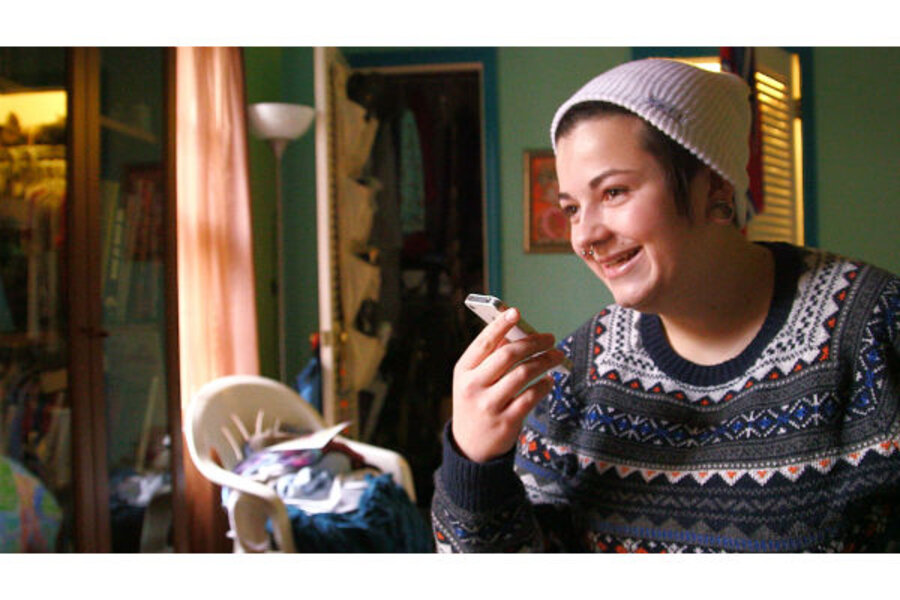MTV's 'Generation Cryo' follows sperm donor kids
Loading...
| New York
Breeanna Speicher's curiosity about her background led her to a family she never knew she had and inspired a new MTV series that stretches the very concept of family.
The 17-year-old college student from Reno, Nev., is the daughter of two women who conceived her with a sperm donation. She's the central figure in "Generation Cryo," which follows her effort to discover half siblings through a registry and, ultimately, track down the donor who gave her life. The first of six episodes debuts tonight at 10 p.m. EST.
The first recorded artificial insemination came in the 1800s to a woman who didn't know she was getting it, said Wendy Kramer, founder and director of the Donor Sibling Registry. Doctors performed the procedure in the middle of the last century, but it was mostly kept quiet before the practice became much more widespread with the opening of sperm banks in the 1980s, she said.
That means enough "donor babies" are coming of age now to prompt public interest in their experiences, evident in both "Generation Cryo" and the new Vince Vaughn movie "Delivery Man," about a donor who discovers he's responsible for more than 500 kids.
Ms. Kramer said she tried for eight years to get a television network interested in a story drawn from her registry of people trying to connect with other donor families before MTV showed interest.
"We know that our audience is interested in stories relating to family, and this is definitely a unique and fresh take that really makes you think about what a family is," said Marshall Eisen, series executive producer.
Kramer admitted to some trepidation – "We didn't want to make a reality show, 'Donor Kids Gone Bad,'" she said – but is pleased with how it turned out.
Breeanna's nose ring and adeptness with video selfies make her a natural MTV personality and easily relatable for the audience. Mr. Eisen's original interest was in half siblings finding each other, but Speicher's desire to find her donor adds a richness and level of complexity to the story.
In the first episode, she travels to suburban Atlanta to meet Jonah and Hilit Jacobson, twin 18-year-olds who had the same sperm donor. Besides getting to know them, her goal is to collect a DNA sample from Jonah that's necessary to track the donor's identity.
Jonah is happy to do it, but it prompts raw emotion and feelings of inadequacy in his father, captured by MTV's cameras. The twins' father has gone along with them connecting with half siblings through the registry; the possibility of them contacting the donor is another matter entirely. Later in the series, Breeanna meets a half sibling who is uncomfortable knowing he is a donor child, and another set of siblings who are conflicted about learning about their donor.
Some donors are interested in meeting the children they helped create, even if they donated anonymously, Kramer said. Others aren't. The resolution of Breeanna's search isn't resolved in the first episode and, Eisen said, filming of the series isn't done.
"You think you know what to expect," Breeanna said. "You think you can handle it. But until you get to that point, there's no way to prepare." Filming prompted "a lot of different emotions – some that I'm probably not even aware of," she said.
The experience of finding half siblings is fascinating as they search for shared traits: Breanna and the Jacobsons note they have similarly large lower lips.
"They really connected, and it has a lot of meaning for them," Eisen said. So far, Breeanna has found 14 other people descended from the same donor. She doesn't know how many are out there.
Breanna and her half siblings will soon have to deal with other emotions as the series makes them minor celebrities. Being the subject of a PBS documentary would be one thing for an 18-year-old, but being visible on MTV is something else entirely.
"I opened the door to be a public figure because I truly believe in what I'm doing," she said.







